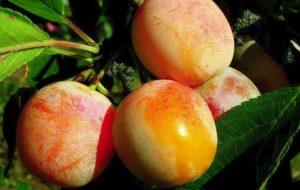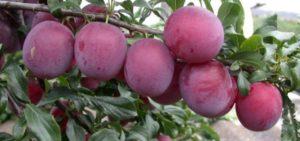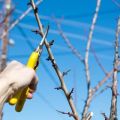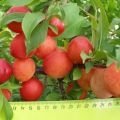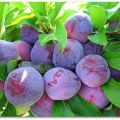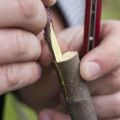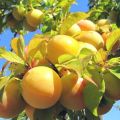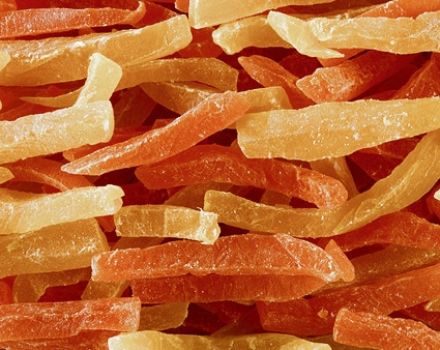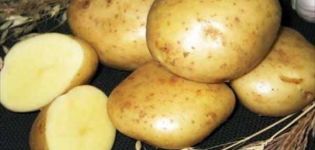Why a plum may not bear fruit and what to do, how to make it bloom
In the garden plots, most summer residents grow plum, which occupies one of the leading positions among stone fruit crops. For some summer residents, trees grow well and regularly bring crops, while others have difficulties in growing. Having figured out why the plum may not bear fruit, it is necessary to create favorable conditions for the plant in order to get a large harvest.
Content
- 1 Why the plum does not bloom and bear fruit
- 1.1 Physiological carrion
- 1.2 Self-sterile plum variety
- 1.3 Plum disease
- 1.4 Pests causing ovary shedding
- 1.5 Poor climatic conditions
- 1.6 Unsuitable climatic conditions
- 1.7 Incorrect planting of a seedling
- 1.8 Lack of light and wood thickening
- 1.9 Freezing in winter
- 1.10 Violation of watering rules
- 1.11 Excess or shortage of fertilizers
- 2 What to do to resume fruiting
Why the plum does not bloom and bear fruit
There are many different reasons why a plum may not bear fruit. To restore the fruit bearing capacity of trees, it is important to correctly determine the cause of the process violation by external signs.
Physiological carrion
Plum trees can bloom together and form ovaries, but with further growth there is a risk of falling off some of the fruits before ripening. The exact cause of the carrion is difficult to determine. Plums often fall off when the trees lack the strength to provide the fruit with nutrients. The following can lead to a fall:
- undeveloped root system;
- unfavorable growing conditions;
- violation of the rules of agricultural technology;
- infertile soil.
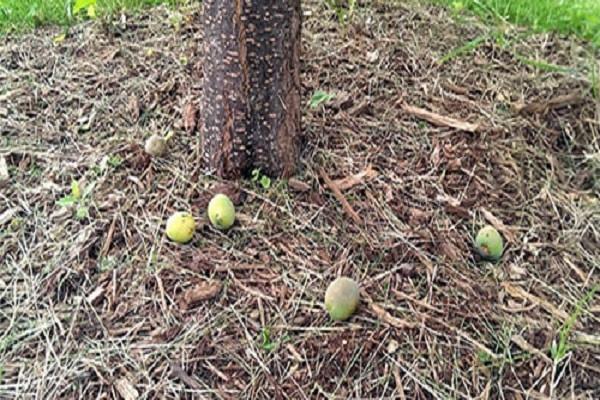
Self-sterile plum variety
Most of the plums are self-fertile. Such varieties of trees need pollinating varieties, therefore, when planting, it is required to select the right seedlings. For each variety, pollinators are selected individually, taking into account the characteristics of the plants.
If it rains frequently, cross-pollination will not be highly effective because the insects pollinating plants will not be active enough. In this case, it is recommended to plant self-fertile plum varieties.
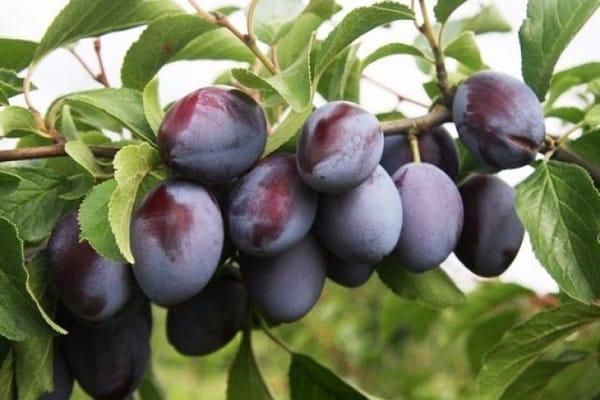
Plum disease
A diseased tree is unable to form healthy fruits. In practice, there are often cases when the plum ceases to bloom, bear fruit due to clotterosporia or fruit rot.
In case of clasterosporium disease, the terrestrial elements of the plant are affected, but visible signs appear only on the leaves. Small dark spots appear on their surface, which gradually increase in size and lead to the death of leaf tissues.
Fruit rot is considered a fungal infection of plants. Varieties of the disease are provoked by fungal spores. Infectious agents damage berries, shoots and foliage. The spread of the disease is facilitated by the excessive thickening of the foliage, which cannot dry out quickly with frequent precipitation, as well as a humid climate and neglect of tree care rules.
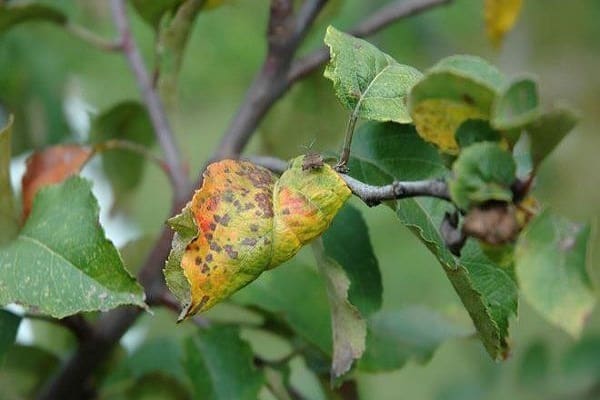
Pests causing ovary shedding
Common pests of plums are moth caterpillars, larvae of the thickfoot and sawfly. Insects are able to gnaw ripening fruits and seeds. Damaged fruits fall off until fully ripe and quickly rot. If pests damage the flower buds, the trees lose the ability to form ovaries.
In order to control pests, regular digging and loosening of the soil around the trunk helps. Traps are used to kill larger pests. To scare away insects, it is also recommended to periodically carry out insecticidal treatments.
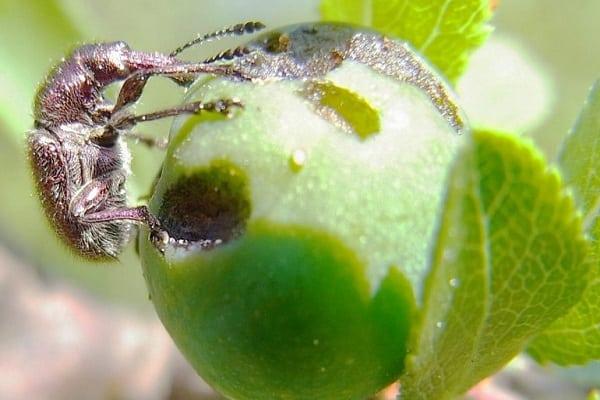
Poor climatic conditions
Unfavorable climate and severe frosts after thaw lead to damage to fruit buds. In the middle zone, similar situations are often observed in April-May. Bad weather makes trees weaker, which leads to reduced yields. If a cool wind blows during the day and the air temperature drops significantly, then pollen sterilization may occur, and the fruits will not set.
Unsuitable climatic conditions
A too dry or rainy season is also the reason for the low fruiting of plums. Since it is not possible to influence the weather factor, it remains only to give preference to zoned varieties. Such plants have an increased index of resistance to certain climatic conditions in a particular region.
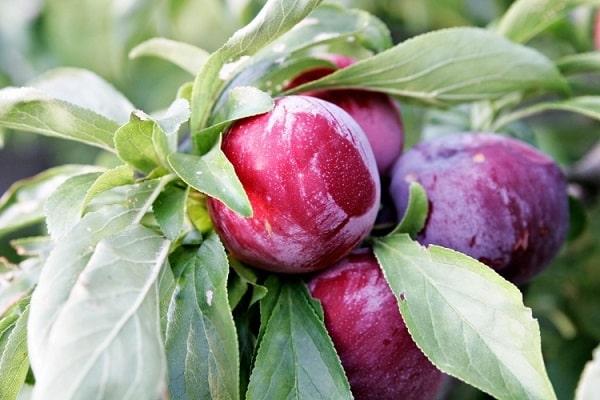
Incorrect planting of a seedling
When transferring a seedling to open ground to a permanent place, you must follow the list of rules. In particular:
- it is impossible to deepen the root collar;
- the soil should not be acidic, since the plum is demanding on the composition of the soil and bears fruit only in areas with a neutral acidity index;
- seedlings are placed on gentle slopes of the southern and southwestern directions;
- there should be good aeration at the location of the seedlings.
Lack of light and wood thickening
Planting trees in shaded areas, near tall stands and behind solid fences leads to a lack of natural light. Low light levels prevent trees from developing properly and forming fruit. Some varieties of plum, in the absence of sufficient lighting, are unable to even bloom. For this reason, fruit should only be grown in sunny areas.
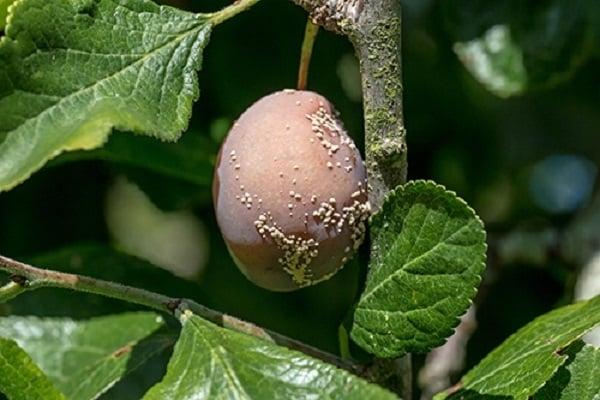
The concentration of a large number of plants in a small area leads to the fact that the roots cannot develop freely, and this provokes a growth retardation of the plantings. In order for the plum to bear fruit regularly, it is necessary to leave a sufficient gap between the trees when planting.
Freezing in winter
Plum varieties with low cold resistance, young seedlings and trees that have not been pruned lose their ability to bear fruit in winter. The location of the roots close to the soil surface also leads to freezing. In order for the plants to produce crops, it is imperative to insulate them. The soil around the trees is covered with mulch, and the trunk is wrapped with covering material.
Violation of watering rules
Regular watering of trees is one of the basic rules of care.Lack, rare moisture or, conversely, excessive irrigation of the soil leads to abnormal development of the root system and unstable fruiting.
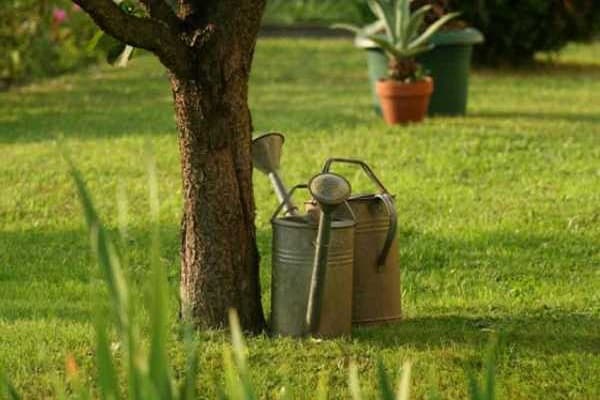
Excess or shortage of fertilizers
The use of an inappropriate amount of fertilizer leads to a drop or complete absence of fruits. This is typical for mature trees that grow and bear fruit in one place for several years. Each time the trees run out of fertilizer supplies, a new portion of fertilizing is required.
In most cases, plums require complex fertilizer with a high content of phosphorus, zinc and iron.
What to do to resume fruiting
Depending on the established cause of unstable fruiting, appropriate action must be taken. Timely restoration measures will help preserve crops and save trees.
Prevention of plum diseases
The consequences of diseases can lead to the death of plants, therefore it is recommended to periodically carry out the prevention of infections. For this, the soil around the trunks is fertilized with mineral and organic fertilizing. Also, as a prophylactic agent, you can use Bordeaux liquid, which is a fungicidal drug.
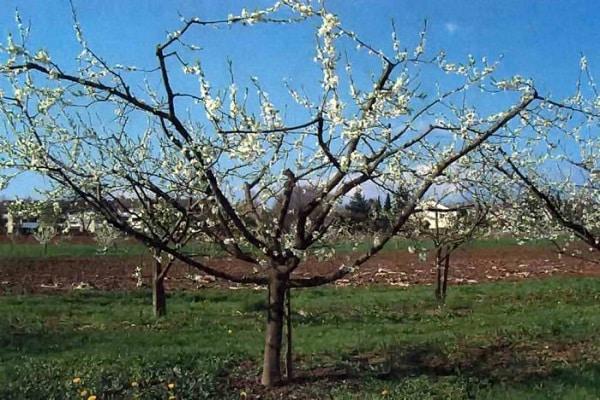
Correct crown molding
In the second half of the spring period, when the risk of return frosts passes, it is required to carry out the formation of the crown. The process involves removing excess shoots and wilting leaves. On trees with a formed crown, air flows to the fruits, which favorably affects their growth.
Deacidification
The main material used to reduce the acidity index is lime. In its pure form, lime is not introduced into the soil, since it destroys soil microorganisms and harms the roots of trees. To deoxidize the soil, it is recommended to use slaked lime, dolomite flour, cement dust or peat ash.
Top dressing
Fertilizers are applied to the soil 3-4 times per season. Complex mineral substances are used as a top dressing for plums.

Moisturizing
It is necessary to water the plums as the soil dries up. Depending on the amount of precipitation, the frequency of soil moisture can vary.
Root collar care
The root collar is a vulnerable part of trees. When planting plums, it is important to locate the root collar above ground level, so the seedling should not be buried.
Cold wind protection
To protect the plum from the through wind, you can use the enclosing structures in the form of a fence. Other types of trees planted nearby also reduce the impact of the cold wind.
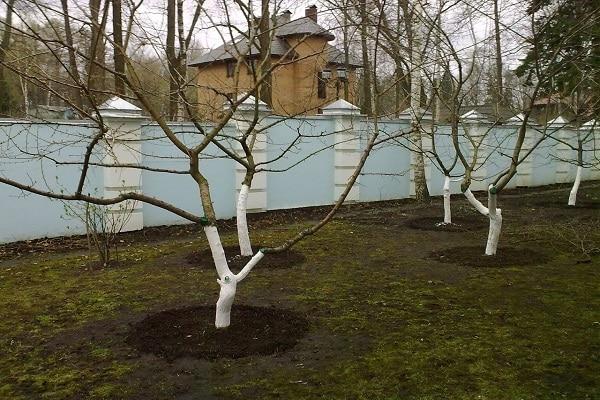
Transfer to the sunny side
If the seedling was originally located in a shaded area, the plum should be transplanted to the sunny side. Constant lighting is one of the main steps in tree care. It is recommended to replant plants in a warm period to prevent freezing of the roots.
